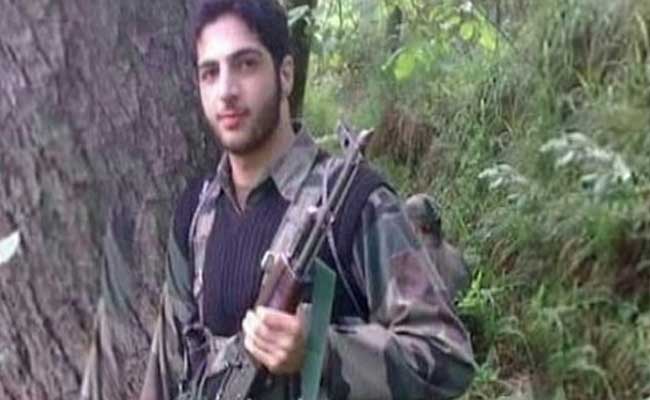Wergild, also known as blood money, was used to estimate the price of a human being in Early Germanic Society. The size of the wergild was largely dependent on the social rank of an individual. The calculation was simple – a basic fee for a standard free man x his/her social rank. The philosophy of wergild was replaced after the onset of Christianization. But, in a hypothetical scenario, if the system could have prevailed in the 21st century, who should have maximum wergild- Prime Ministers, religious preachers, doctors, teachers, advocates or a terrorist?
The fact is, the Wergield of a terrorist named Burhan Wani in an Indian state of Jammu & Kashmir is Rs. 6400 Crore and counting.
The Kashmir conflict encompasses a tedious amalgamation of religious, nationalistic and political factors. The seeds of mistrust are firmly rooted in the history and are blended in the hearts and minds of Kashmiris. Time and again, it erupts as a volcano which spreads the shock waves across the entire region. Often, the efforts are concentrated on the immediate relief, ignoring the agony of its non-performing economy reeling under the severe stress. Over the time, the involvement of various external and internal agents have aggravated the situation.
The outlook of the J & K economy is very grim. The state contributes only 0.76 % to the national GDP and ranks at 20th in the list of contributing states. It has the highest fiscal deficit in the country. It is the most indebted state of India with the debt-GDP ratio of more than 60%. Moreover, it ranks 21st in terms of per capita income among all Indian states.
The economic development of a state is routed through its infrastructure. The innumerous attacks on government buildings, educational institutions, hospitals, bridges, police stations and shops by militants, separatists and terrorists have caused extensive damage to the state infrastructures. These relentless attacks never let the economy really took off.
Tourism as an industry not only boosts the economy but acts as a medium for economic integration. The potential of the valley for tourism is immense. Apart from the scenic beauty, the outdoor activities such as skiing, mountaineering, trekking and other adventure sports could have realized the state’s dream of becoming Switzerland of Asia. However, the little peace in the region since last several decades have restricted the visits of tourists pockets such as Vaishno Devi and Laddakh. The present lockdown orchestrated by terrorist sympathizers is unprecedented in this regard. The separatists organized strikes have seen complete shut off of shops, business establishments, private offices and petrol pumps causing more than 130 crores of daily loss to the tourism economy alone.
One of the most disappointing aspects of J & K economy is its failing agriculture. Like most of the states in India, the main source of livelihood for Kashmiris in the pre-independent era was agriculture. The widespread violence had alienated even the poorest to indulge in any sort of economic activity which left the agriculture to reduce merely as a survival mechanism. The violence-prone image of the state has prohibited the investment in tapping the existing congenial atmosphere for growing cash crops, fruits and dry fruits in mass scale. It all resulted in the fall in the share of agriculture in GDP by more than one-third during last decade.
What is more ironical than undermining the role of central govt in State’s economy? J&K is a subsidized economy wherein almost all the expenses of the state are borne by the Indian government comprises of special plan assistance, special central assistance and additional finance assistance. Due to the lack of any privatization, the govt is the only employer. In spite of these special privileges, Kashmiri youths continue to fight against the establishment. No wonder the poster boy of recent conflict is the father of Burhan Wani, a headmaster, who raised his children on the salary indirectly paid by Indian government.
There is no denying that the conflict affects the development of a region but peace is not the necessary and sufficient condition for the development. The absence of peace is a pervasive global reality and most of the major economies have grown despite the social and political turbulence. A mechanism for continued and sustained economic development of the state should run parallel to the peace efforts which in a longer run can feed into each other to make the state a happy place.
References:
http://www.review.upeace.org/index.cfm?opcion=0&ejemplar=7&entrada=66
http://www.greaterkashmir.com/news/gk-magazine/economic-structure-of-j-k/138684.html
